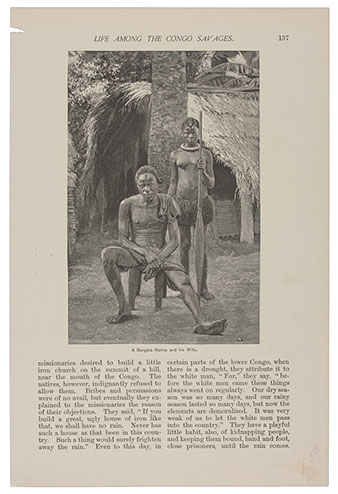

This list is only a beginning to show you the incredible range of possibilities inherent in the art of printmaking.In direct contrast to relief printing, intaglio printing is a method where you etch or scratch into your image plate and the recess, or valleys will be what you print.

Escher, Edvard Munch, Roy Lichenstein, and Marc Chagall. Greasy inks of varying viscosities are used.Īmong the well-known artists who have produced prints using these techniques are Pablo Picasso, Andy Warhol, Rembrandt, Henri Matisse, Francisco Goya, Vincent Van Gogh, M.C. Intaglio prints are a result of ink being retained by the gouges that are below the surface of the plate retaining the ink and transferring the ink to the paper.Relief prints are of the raised surface design on the block, the rest of the surface is cut away, only the raised portion is inked.What are the differences between relief and intaglio processes? In both processes, the print is produced from a plate or block by inking the design and printing on paper.What are the similarities between relief and intaglio processes? Intaglio printmaking materials and supplies include plates for etching and engraving etching inks and conditioners tools for etching and engraving etching blankets to press the paper into the grooves of a plate to absorb the ink films, plates, and screens etching grounds and stop-outs solvents and acids and other corrosive substances called mordants. Relief printmaking materials and supplies include a block (wood or linoleum), various size gouges and knives, ink, a brayer or roller, and paper. What materials are used in these processes? The printmaker creates tones by rubbing down or burnishing the rough surface to varying degrees of smoothness to change the ink-holding capacity of chosen areas on the plate. If printed at this stage the print image would be solid black. The process involves indenting the printing plate by rocking a toothed metal tool across the surface. Mezzotint: This technique became particularly popular in 18th century England for reproducing portrait paintings.Soft copper plates are generally used for drypoint printing. It is inked and creates a velvety appearance. However, in drypoint the curl of displaced metal that forms as the line is cut, called the burr, is not removed. Drypoint: This is another process where marks are made on a plate using a sharp, pointed instrument.In engraving, the image is created by the burin, a wedge or lozenge-shaped tool, directly on the plate. Engraving: Developed in Europe in the 15th century.Etching is also used as a catch-all term for any intaglio process employing an acid bath in the production of an image. Typically the hard ground is drawn through with a needle, exposing the metal to form the image to be printed. The ground is a coating used to protect the plate from the action of the acid. Etching: This process uses acid to bite an image into a metal plate coated with an acid-resistant ground.Labour Vertue Glorie published by Heavenly Monkey Basic intaglio processes include etching, engraving, drypoint, and mezzotint. The high pressure of a press enables soft, dampened paper to reach and take on the ink. Greasy ink is worked into these depressions, and the surface of the plate wiped clean. Grooves or pits are incised into the plate using either a sharp instrument or the action of a strong acid solution. Intaglio printmaking includes a number of related techniques generally done on a metal plate. The fragility of linoleum makes large editions problematic. The image is then printed as with a woodcut. Linoleum is soft and easily carved with knives or gouges. When linoleum is used, it is generally mounted on a block of wood for stability. After the image is inked, paper is placed over the inked surface and rubbed by hand or passed through a press to transfer ink from block to paper to create the image. The block material is cut away, leaving the print image. The image is raised above the surface of the block.
Compare and contrast relief printing and intaglio full#
It reached full maturity in the 15th and 16th centuries.īoth hand tools and power tools are used to cut the image to be printed.

A woodcut is probably the oldest and simplest form of relief printmaking.

Traditionally the matrix is wood or linoleum. Water-based ink is rolled over the raised areas and the image is transferred to paper. Relief printing is a generic term describing the process of printing from a raised surface where the non-image areas have been cut away. These are the two oldest and best known of the major classes of printmaking techniques.Įncheiresin Naturae, published by Nawakum Press Relief Printing Let’s look into some detail about the relief and intaglio printmaking processes. There are four major classes of printmaking techniques: relief printing, intaglio printmaking, stenciling, and lithography.


 0 kommentar(er)
0 kommentar(er)
